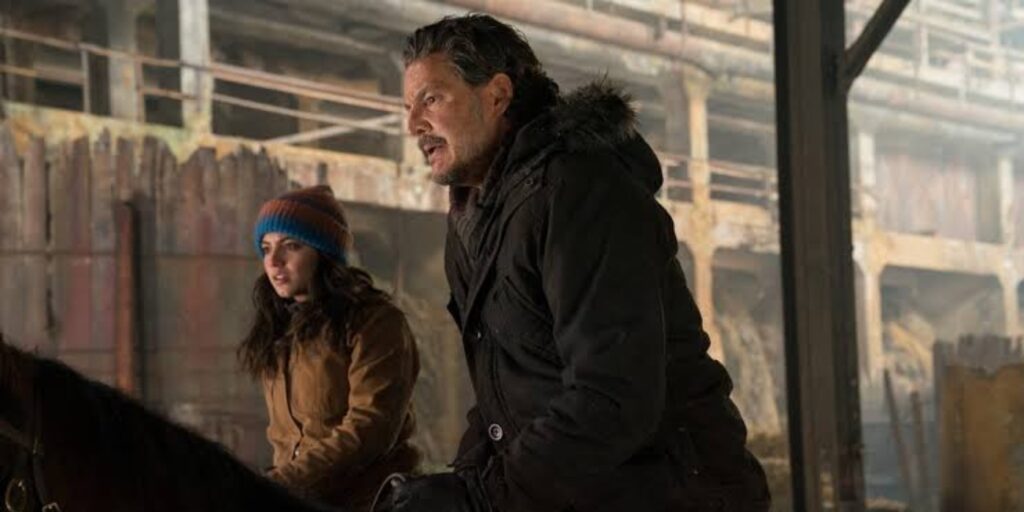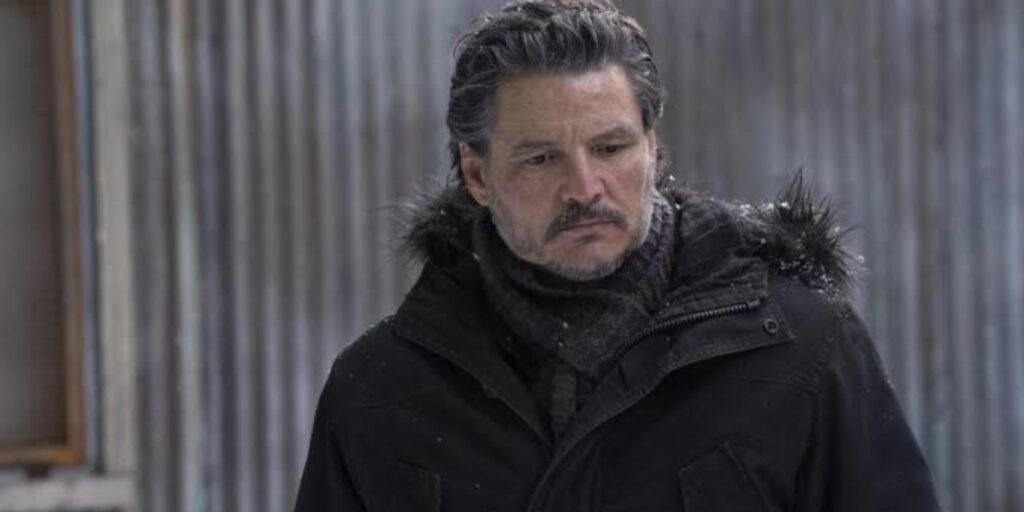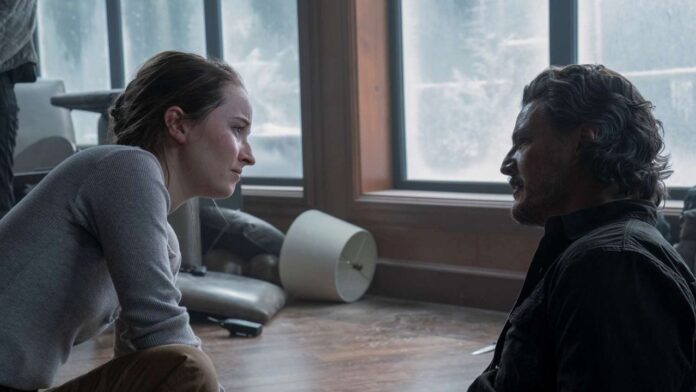In Sunday night’s gut-wrenching episode of ‘The Last of Us’, titled “Through the Valley,” HBO’s adaptation delivered one of the most devastating moments in the franchise’s history, the brutal death of Joel Miller. Fans of the video game The Last of Us Part II were bracing for it, but even with the warning, the moment hit hard.
And just like that, one of gaming’s and now television’s most beloved characters met a violent end. Joel’s death was always going to be a flashpoint in this series. It was shocking in the game, and it’s no less painful now. However, in the transition, the showrunners made a few key changes, some subtle, some significant.
How Joel’s Death Scene Played Out: Game Vs. Show

In ‘The Last of Us Part II’, the fateful encounter between Joel and Abby begins innocently enough. Joel and his brother Tommy are out on patrol near Jackson when they come across Abby, who appears to be fleeing from infected. After helping her escape the horde, the trio seeks shelter at the WLF’s (Washington Liberation Front’s) nearby hideout, unknowing that it’s an elaborate trap.
Related: ‘The Last Of Us’: Pedro Pascal Is In “Active Denial” Over The Game’s Most Heartbreaking And Controversial Death Changing The Show Forever
The moment Joel says his name aloud, Abby’s demeanor shifts. Within minutes, she shoots him in the leg and the horror begins. Ellie arrives moments later, only to witness her father figure’s life being bludgeoned away with a golf club. The show mirrors much of this but adds layers of emotional complexity and practical tweaks. For one, the attack doesn’t happen in the WLF hideout, it happens after Abby manipulates Joel and Dina into bringing her back to Jackson’s camp.
In this version, the infected play a much larger role, as their breach of Jackson’s walls sets everything in motion. Joel’s death is equally vicious, but instead of a golf club, Abby deals the final blow by stabbing him in the neck. Another big difference? Tommy is not present during Joel’s death in the show. In the game, he’s there, knocked out before the killing begins. However, in the HBO adaptation, Tommy helps to fend off the infected attack on Jackson.
Joel is left even more isolated and Ellie, even more helpless, when the final moments unfold. This creative decision wasn’t just for shock value. According to actor Gabriel Luna who plays Tommy, it was a carefully considered change born from early discussions during the first season. Luna questioned whether Tommy would ever trust strangers enough to walk into a trap. Showrunner Craig Mazin took that feedback seriously and reshaped the scene accordingly.
Why The Show’s Ending Still Works

Whether it’s a golf club or a blade, whether Tommy is there or not, the emotional devastation remains unchanged. Joel’s death isn’t just a plot twist, it’s the emotional centerpiece of ‘The Last of Us Part II’, and now, HBO’s second season. It’s the moment that transforms Ellie from a survivor into a vengeful force. Moreover, Pedro Pascal’s performance is nothing short of heart-wrenching.
In case you missed it: ‘The Last Of Us’ Makes The Boldest Move With A Brutal Farewell To Joel And A Controversial New Beginning
His portrayal of Joel has always been defined by quiet strength and deep paternal love for Ellie. And it’s all there in his final moments: fear, confusion, regret. Watching Ellie scream in anguish as she’s held back, unable to save the man who saved her so many times before, is like being punched in the gut. Again. And again. And let’s talk about Ellie. The show is doing a remarkable job of capturing her internal conflict.
Additionally, what’s powerful about the HBO version is that it doesn’t just recreate a moment from the game: it reimagines it. It explores the same themes, but it does so with more suitable themes. It gives characters more agency, more nuance, more humanity. And in doing so, it deepens the tragedy. Joel Miller’s death was never going to be easy to witness. In the game, it was a turning point. In the show, it was the same all over again.





